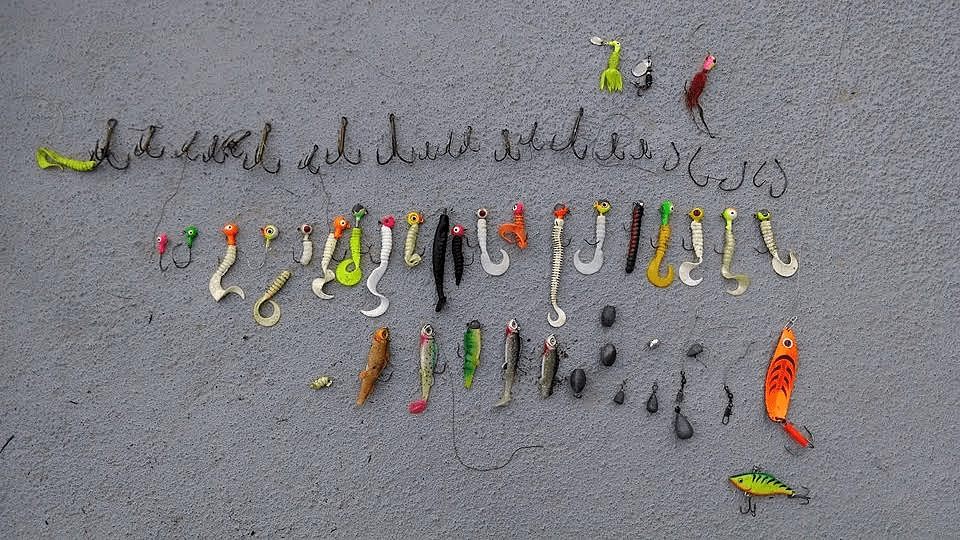With over a million licensed anglers and 10,000 lakes, Minnesota is a playground for fishermen of all backgrounds. From the elusive muskellunge and walleye to the familiar bluegill, Carleton’s Arboretum is a wonderful place to explore Minnesota’s underwater world.
But before you head over to the Cannon or Lyman Lakes, double-check what is on the end of your line. Though they are inexpensive and practical, lead sinkers and jigs have devastating impacts on aquatic wildlife. When swallowed, a single split-shot sinker is enough to poison some of Minnesota’s most iconic waterfowl. Lead poisoning can cause anemia, weight loss, nervous system damage, and death.
With their sleek plumage and haunting cry, Common Loons are a staple of northern Minnesota and are an uncommon and irregular migrant on Lyman Lakes in early spring. Loons are particularly vulnerable to lead poisoning because of their feeding habits– loons inadvertently swallow sinkers while ingesting pea-sized pebbles from lake bottoms to store in their gizzards. Lead fishing tackle is responsible for the death of up to 20% of loons turned into the Minnesota DNR by private citizens.
Lead toxicity also poses a threat to one of the Arboretum’s most charismatic birds: the bald eagle. When bald eagles ingest game shot with lead bullets or fish that have swallowed lead tackle, they suffer the toxin’s effects. Lead poisoning has accounted for 23% of bald eagle deaths in Minnesota since 1980.
Other important Minnesota waterbirds, such as the trumpeter swan and pied-billed grebe, are also at risk.
While lead shot for waterfowl hunting was banned in Minnesota in 1991, lead ammunition used for smaller game and lead tackle remains unregulated. The steady rate of poisoning in waterbirds since 1991 signifies the continued impact of discarded lead tackle.
There are many inexpensive, safe, alternatives to lead tackle. Sinkers made from materials such as tin, bismuth, steel, tungsten-nickel, and ceramic are widely available at fishing equipment stores. A few cents is a small price to pay for the well-being of our waters.
–Sydney Marie Jones ‘22 for the Cole Student Naturalists


Add a comment